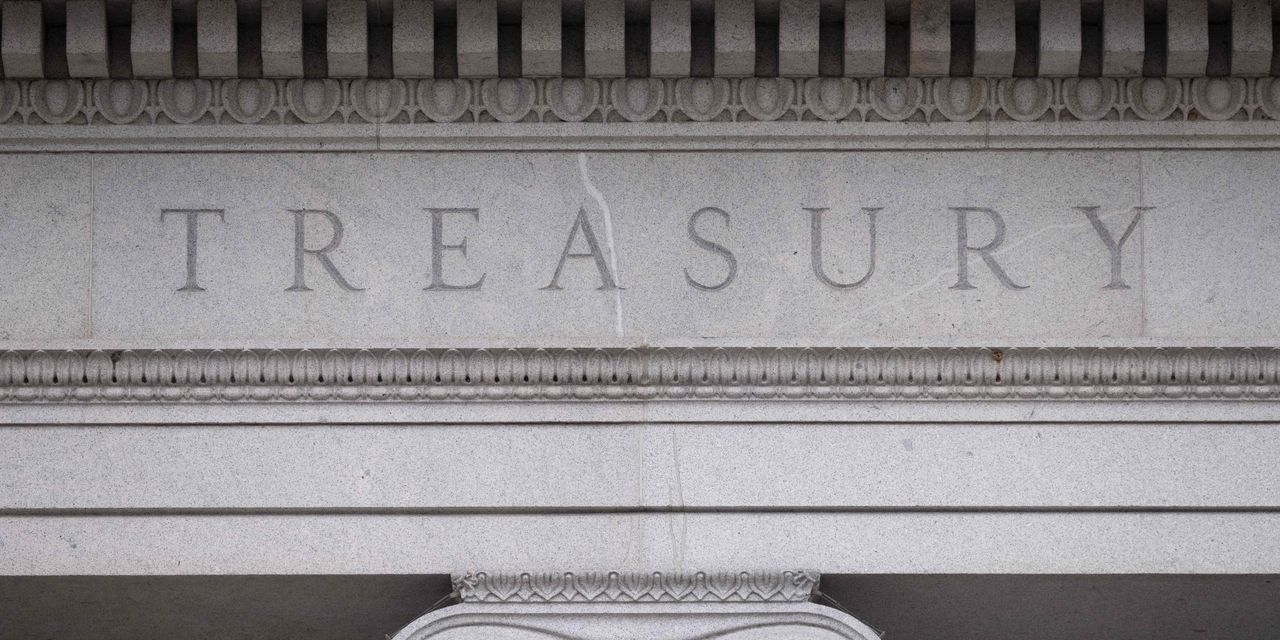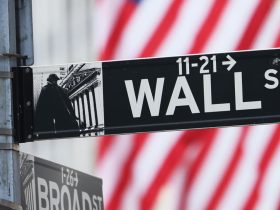A rout in U.S. Treasury debt that has helped trample stocks and revive recession fears in the U.S. took a breather on Tuesday, as long-dated Treasury yields recorded their biggest pullback since March.
But even before cash Treasury trading reopened with a bang on Tuesday following Monday’s U.S. bank holiday, some on Wall Street said that the “bear-steepening” trade in Treasurys had probably gotten ahead of itself.
Among them was Deutsche Bank’s George Saravelos, who pointed out in commentary shared with Deutsche Bank clients and MarketWatch on Tuesday that the yield curve had been uninverting or steepening for five straight weeks, the longest such stretch in two decades.
A “bear steepening” describes a pattern in bond markets where yields on long-dated Treasurys rise faster than yields on short-dated bonds as investors dump long dated maturities forcing their yields to rise.
“[T]he current bear-steepening regime is already the most sustained in at least two decades, and the risk is that it eventually transitions into a different regime,” Saravelos wrote.
What regime might that be? Saravelos discussed two potential options: The Federal Reserve could opt to raise interest rates even higher than it had signaled back in September, when the central bank’s latest batch of projections was released.
That would likely result in short-term rates rising faster than long-dated rates — the dynamic that dominated the Treasury market in 2022 as the Fed rushed to hike its policy interest rates at the fastest pace since the 1980s.
Or the Fed could opt to call off future rate hikes and instead signal that it is reconsidering keeping interest rates higher for longer. Several senior Fed officials have already suggested that rising Treasury yields may allow the Fed to be less aggressive in its monetary policy.
Dallas Fed President Lorie Logan suggested as much on Monday when she said the rise in long-term Treasury yields and the attendant tightening of financial conditions could lessen the need for the Fed to raise interest rates further.
The yield on the 10-year Treasury
BX:TMUBMUSD10Y
declined 12.9 basis points to 4.654% on Tuesday, its biggest one-day yield decline since Aug. 23, based on yields at 3 p.m. Eastern time.
Read the full article here













Leave a Reply